Why You Should Stay in Off-the-grid Travel Accommodation
When you choose off-the-grid accommodation, you’re not only doing your bit for the environment. You’re choosing some of the most appealing – and often unconventional – stays in the world.
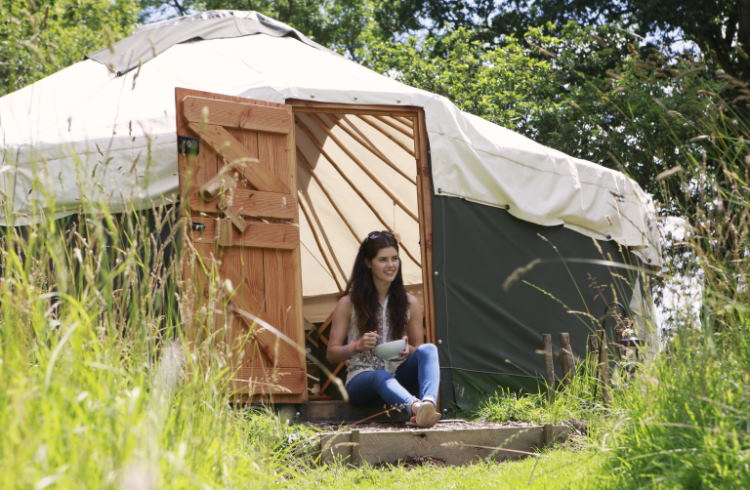 Photo © Getty Images / John Slater
Photo © Getty Images / John Slater
With increasing interest in zero-emission accommodation, there’s now a huge array of off-the-grid (OTG) stays, from humble to deluxe, many oozing the novelty factor or just a welcome change from beige hotel room walls.
OTG stays around the world include cosy yurts in Patagonia, eco-pods in the Australian outback, traditional bothies in Scotland, narrow boats in England, even tree houses in the South Pacific.
The movement towards simpler stays echoes the tiny house movement that’s become so hugely popular across the globe, in response to rising energy costs, housing affordability, and concern for the environment.
It makes sense for anyone wanting to travel lightly – the less space we take up, the less impact it will have. Even more so, if the heating is solar powered and the water harvested onsite.
But with so much advanced technology, OTG stays aren’t limited to tiny homes – it’s also so possible for larger homes to be off grid, even hotels. So, if you’re going away as a family or larger group, there are plenty of choices too.
- What does off-the-grid mean?
- What to expect when staying off-the-grid
- Finding off-the-grid stays
- An eco cabin in New Zealand
- An off-the-grid treehouse in Hawaii
- River lodges in South Africa
- Bothies in Scotland
- Eco gers in Mongolia
- Beach shacks in Tasmania
What does off-the-grid mean?
When we talk about off-the-grid, we’re usually referring to a property being self-sufficient by not having to source any external energy – electricity or gas – from the public network.
However, it’s a flexible term and one that’s used quite loosely – I’ve seen travel stories refer to off-grid places that might have sustainable initiatives, but aren’t entirely self-reliant.
Strictly speaking, accommodation that bills itself 100 percent OTG should not have to purchase any electricity or gas from the main grid, generating its own power from solar or wind power. It might not be connected to town water either, instead sourcing water from a rainwater tank or other onsite source, such as a bore or spring. It may have its own waste system too and use composting toilets.
Other ways to maximize self-sufficiency could be growing fruit and vegetables for guest use. And extra points for any stays that provide their own milk, eggs, cheese, or meat!
You can ask the owners or managers if they are 100 percent off grid or at least close to being self-sufficient. After all, something is better than nothing.
What to expect when staying off-the-grid
It’s also worth bearing in mind that there may be trade-offs when staying entirely OTG.
This could mean leaving the hairdryer at home, not running heaters all night or limiting device charging. Many places that are 100 percent off grid reap energy in the daylight hours from solar and store during the night. This will mean they need to conserve energy so the batteries don’t drain overnight.
Or it may mean being more considerate than usual of water use, such as shorter showers if a place is relying on rainwater.
Remember, being off-grid can also relate to our own actions as individuals – we can increase our sense of being off-grid simply by putting our phones away and disconnecting.
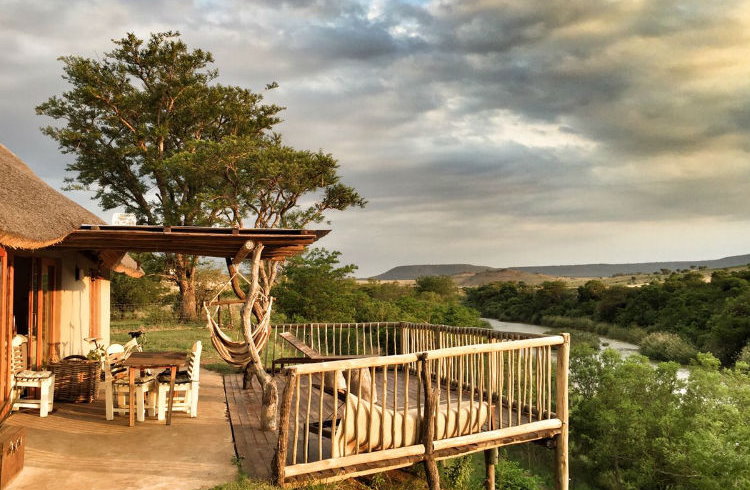
Finding off-the-grid stays
Such is the demand for less orthodox stays, even the mainstream accommodation platforms have got in on the act. Earlier this year Airbnb launched a whole new search function to make choosing less-conventional stays easier.
Their categories are now refined to include such appealing descriptors as earth homes, A-frames, houseboats, towers, domes, yurts, shipping containers, and more. Many of these quirky choices are also off-grid. But, to make finding them easier, there is also a whole category for off-the-grid stays too.
The rapid growth of this sector generally means that there are a multitude to choose from in every continent. Here’s a small selection from around the world.
An eco cabin in New Zealand
Ecoescape is a tiny cabin at the base of the stunning Taranaki Mountain on New Zealand’s north island. As well as the amazing views captured by large windows, the cabin is an easy bike track ride to the nearest town, beach, and mountain – upping the energy saving factor of this delightful escape. 100 percent off-grid, all the power is from solar panels and hydro turbines, and gardens provide food for guests during the growing season.
An off-the-grid treehouse in Hawaii
This entirely off-grid treehouse on the Big Island of Hawaii is a short hike from nearby beaches, forests, and volcanoes. It provides the extraordinary experience of living among the treetops, with the treehouse elevated 15ft (4.5m) off the ground, rising to 20ft (6m) from the raised bed platform, from which you can stargaze all night. All energy is from solar power, but there are no cooking facilities – the owners encourage guests to try the local fare.
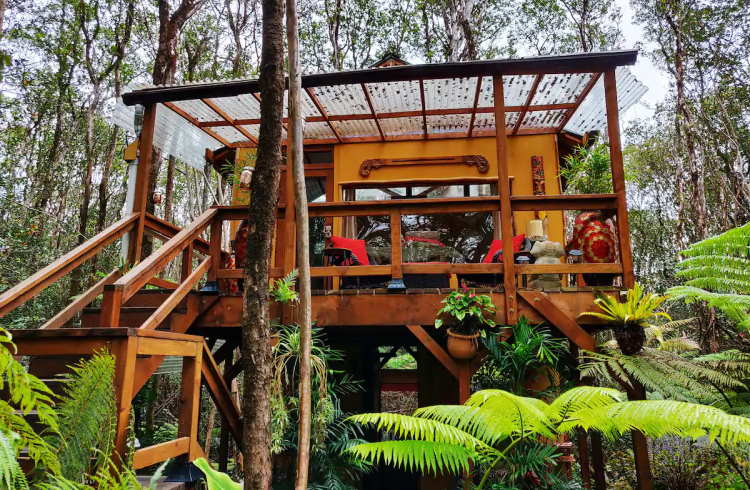
River lodges in South Africa
Tugela River Lodge, a self-catering lodge on a cattle and game farm on the banks of the Tugela River, comprises a main lodge and small cottages built with locally sourced materials, such as stone and thatch. It’s the perfect place to experience nature with mountain bike and trail-running tracks and giraffe spotting from the windows. Run on solar power, there is no TV and guests are encouraged to ditch phones for a complete break from modern technology.
Bothies in Scotland
“What’s a bothy?” you might well ask. It’s a term for a basic small building or shelter, traditionally used by gardeners or workers in Scotland. While free-of-charge bothies still exist in remote parts of Scotland, you can opt for ‘rough luxury’ at Inverlonan, on the west coast. These architecturally designed bothies are accessible only by boat, foot or buggy, nestled as they are between ancient oaks overlooking Loch Nell. 16 solar panels complement the wood heating and all bothies have a private deck, open fire pit, pizza oven, private eco-toilet and outdoor shower with “a serious view”.
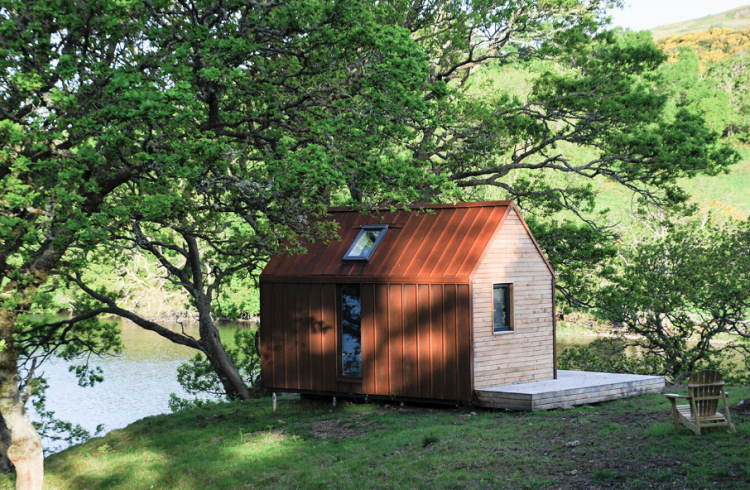
Eco gers in Mongolia
Three Camel Lodge in Mongolia, “the only luxury ecolodge in the Gobi desert”, consists of 40 traditional felt and canvas yurt tents – or gers – the kind used by Mongolian nomads and adhering to Mongolian Buddhist style. Nearly all the lighting is solar-powered and more than 50 percent of supplies come from within 50mi (80km). This is supplemented by organic produce grown in their onsite greenhouse.
Beach shacks in Tasmania
Famed Tasmanian beach ‘shacks’ were traditionally built as humble holiday homes for locals, but are being opened up to tourists. Many are small and basic but often with stunning views and injections of luxury where it counts – bedlinen, outdoor baths, local provisions.
Sheepwash Bay on Bruny Island, a tiny island off Tasmania, is a “simple, earthy cabin built from reclaimed timbers.” The owners provide freshly baked sourdough bread and the property is fully OFG with power generated from solar and wind, only backed up by a generator during bad weather. Vegetable gardens provide extra supplies and a happy chicken might just give you an egg.
No matter what your tastes in accommodation, if you’re prepared to make a few tiny compromises, there’s an OTG stay somewhere in the world waiting to welcome you. So, what are you waiting for?
Related articles
Simple and flexible travel insurance
You can buy at home or while traveling, and claim online from anywhere in the world. With 150+ adventure activities covered and 24/7 emergency assistance.
Get a quote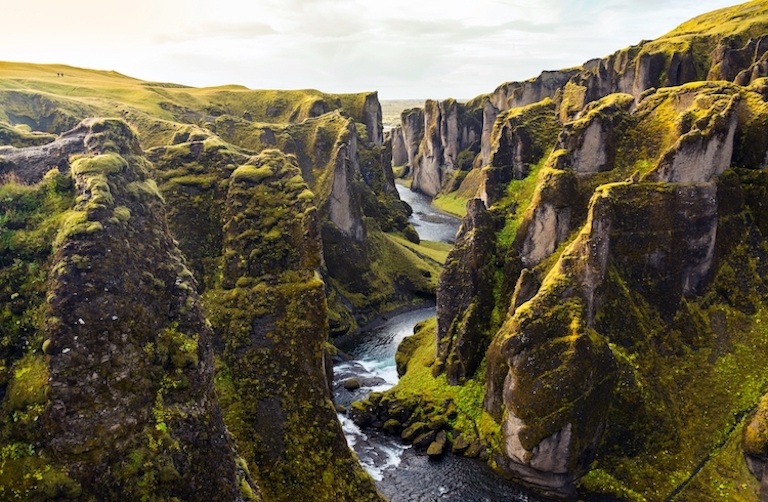
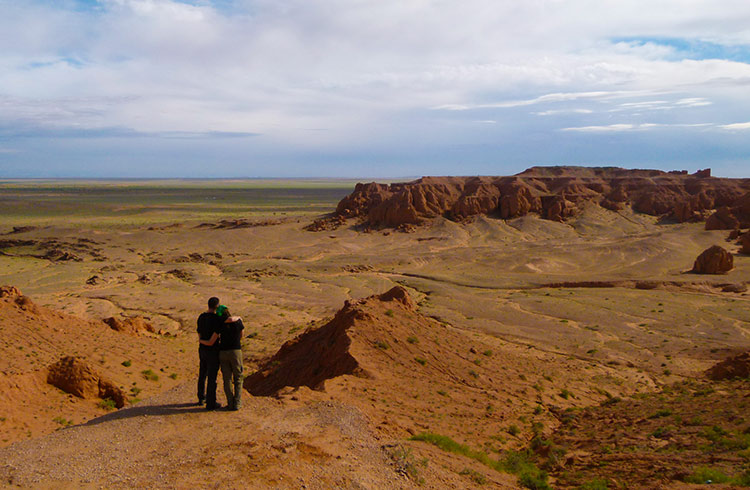
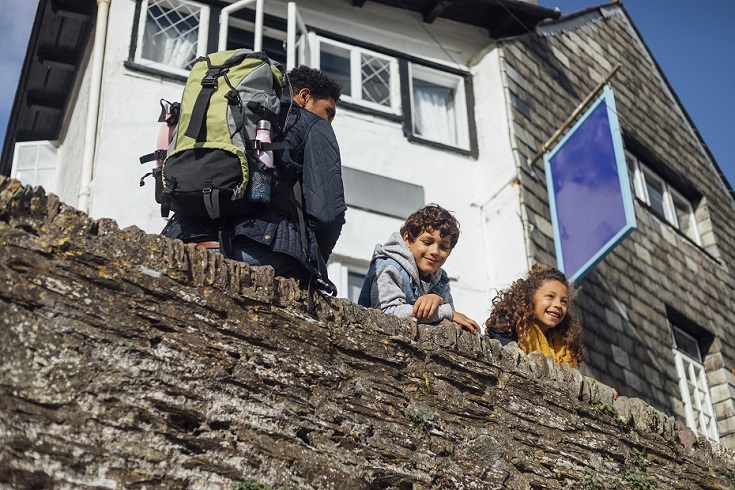
No Comments